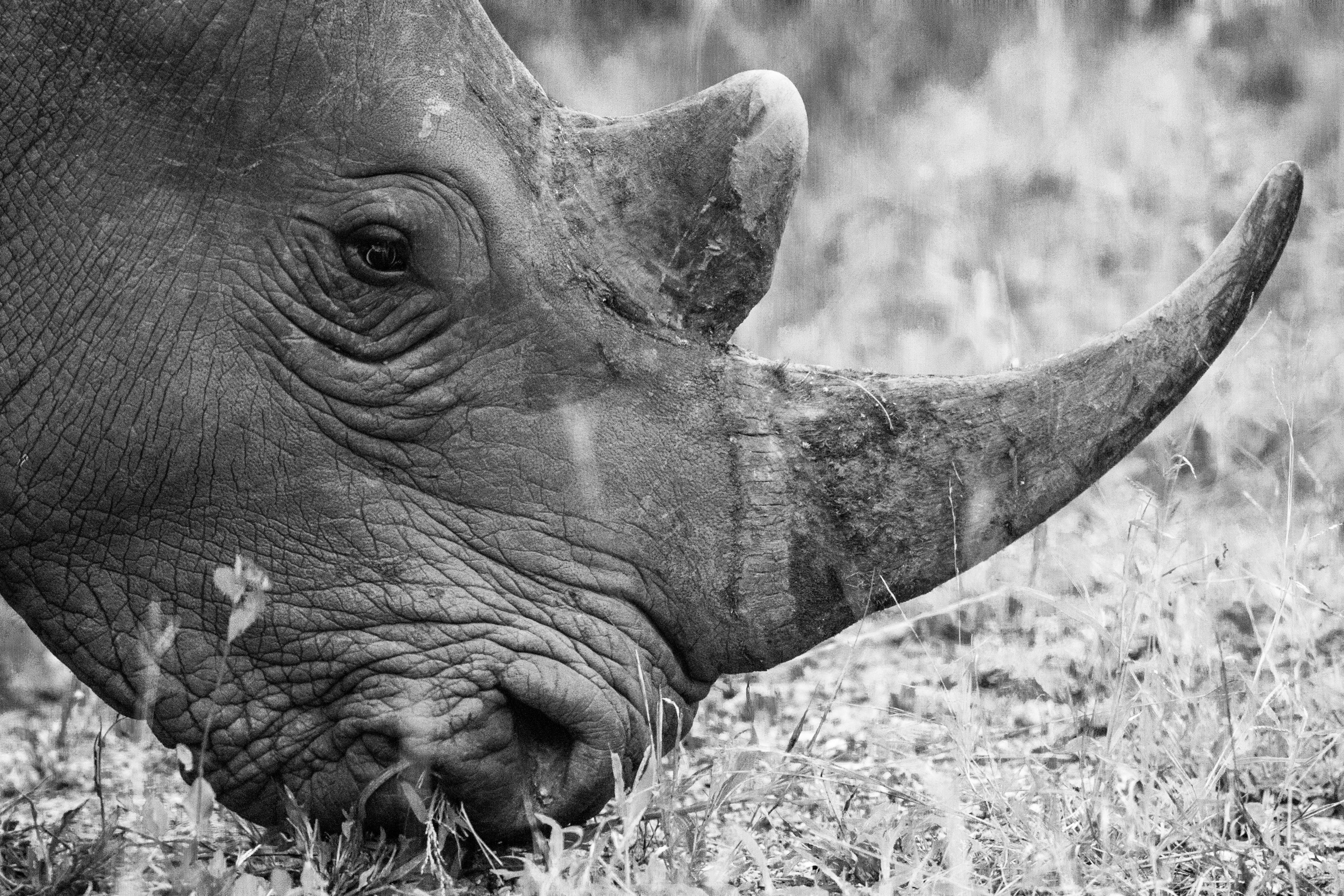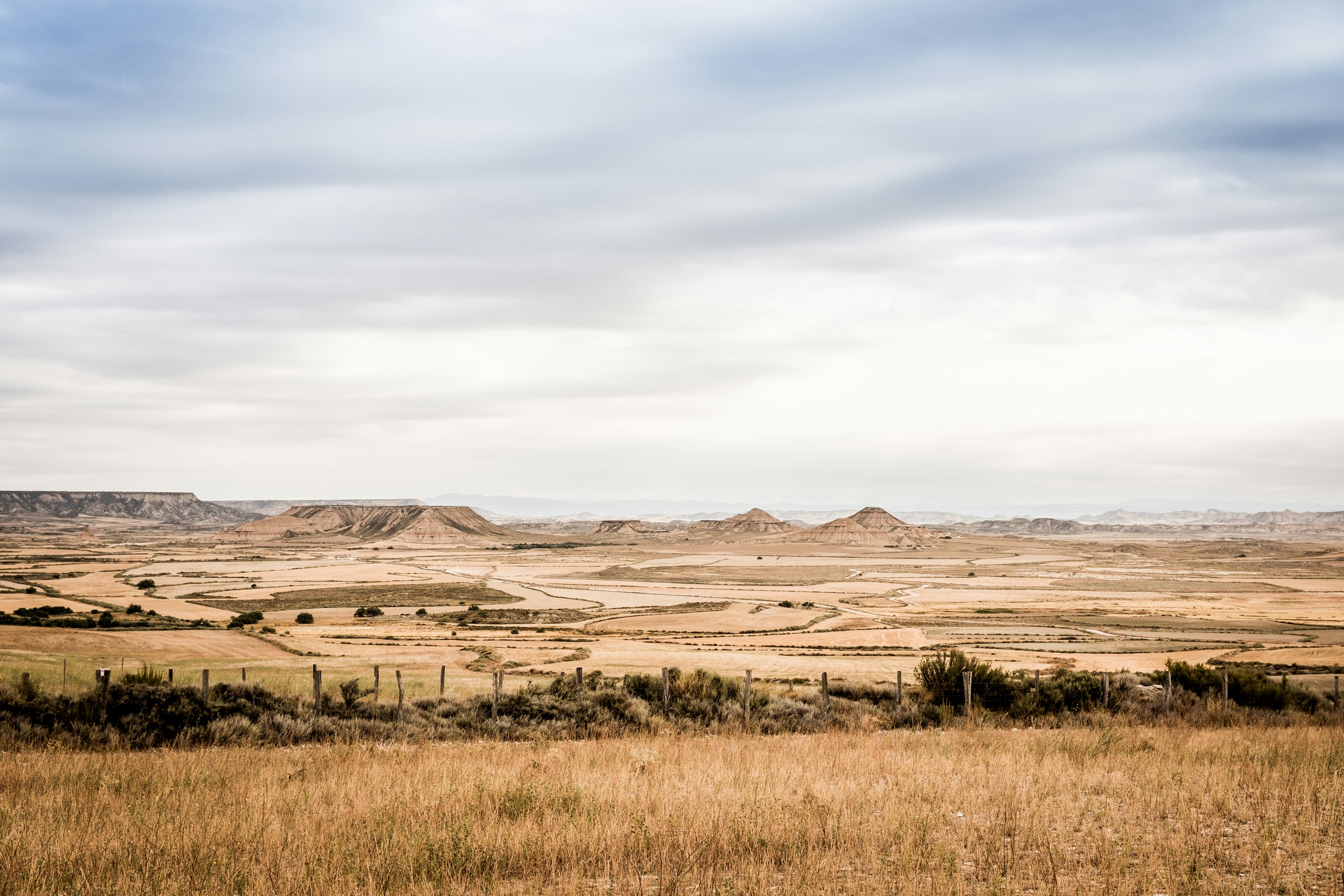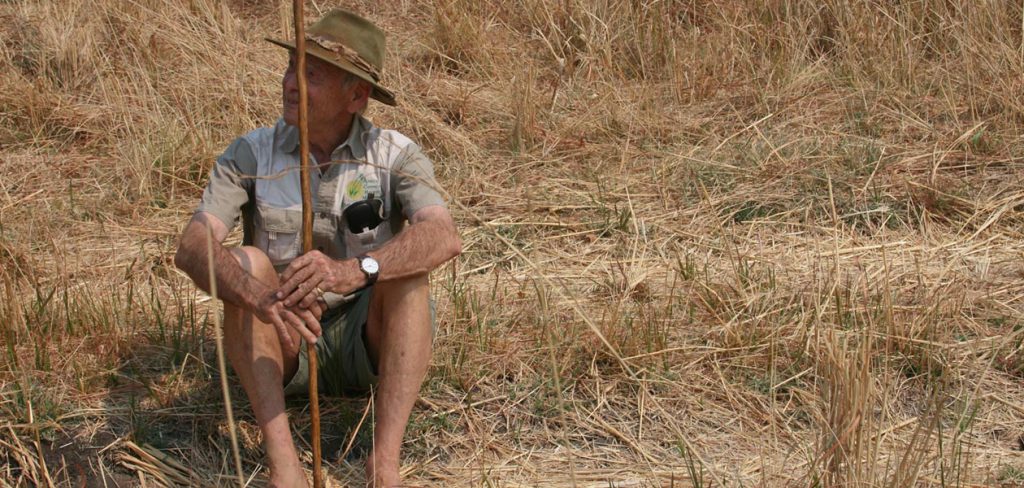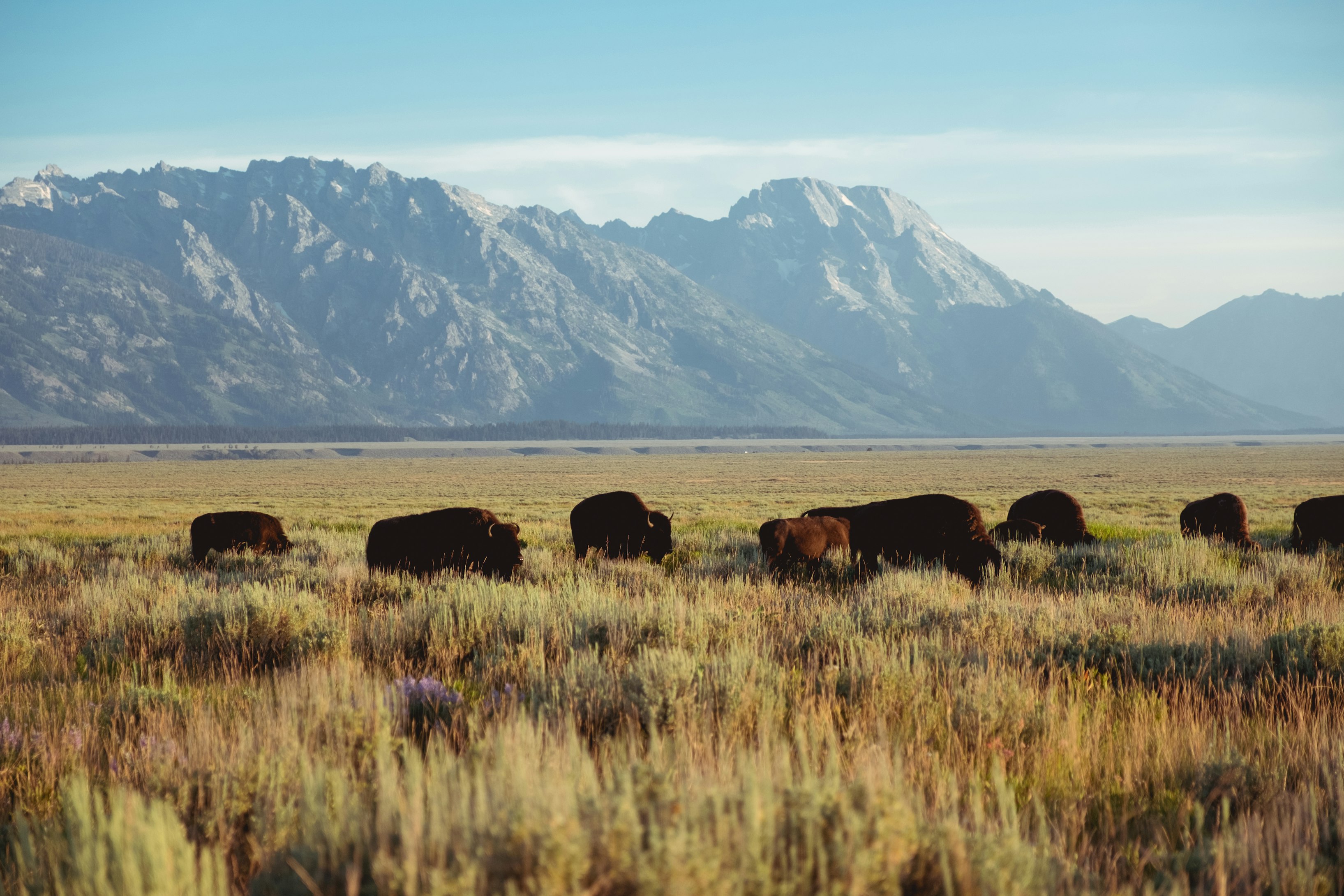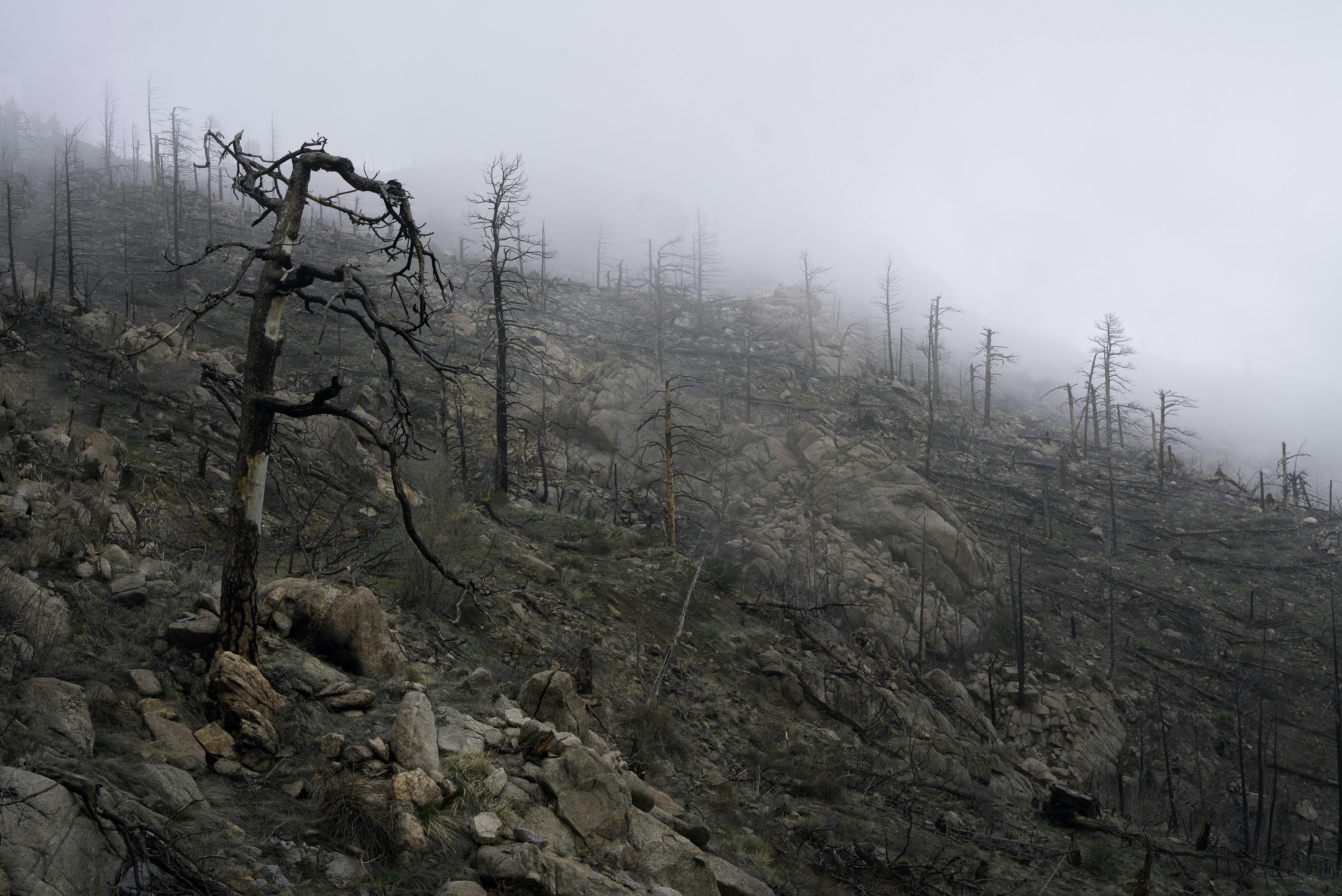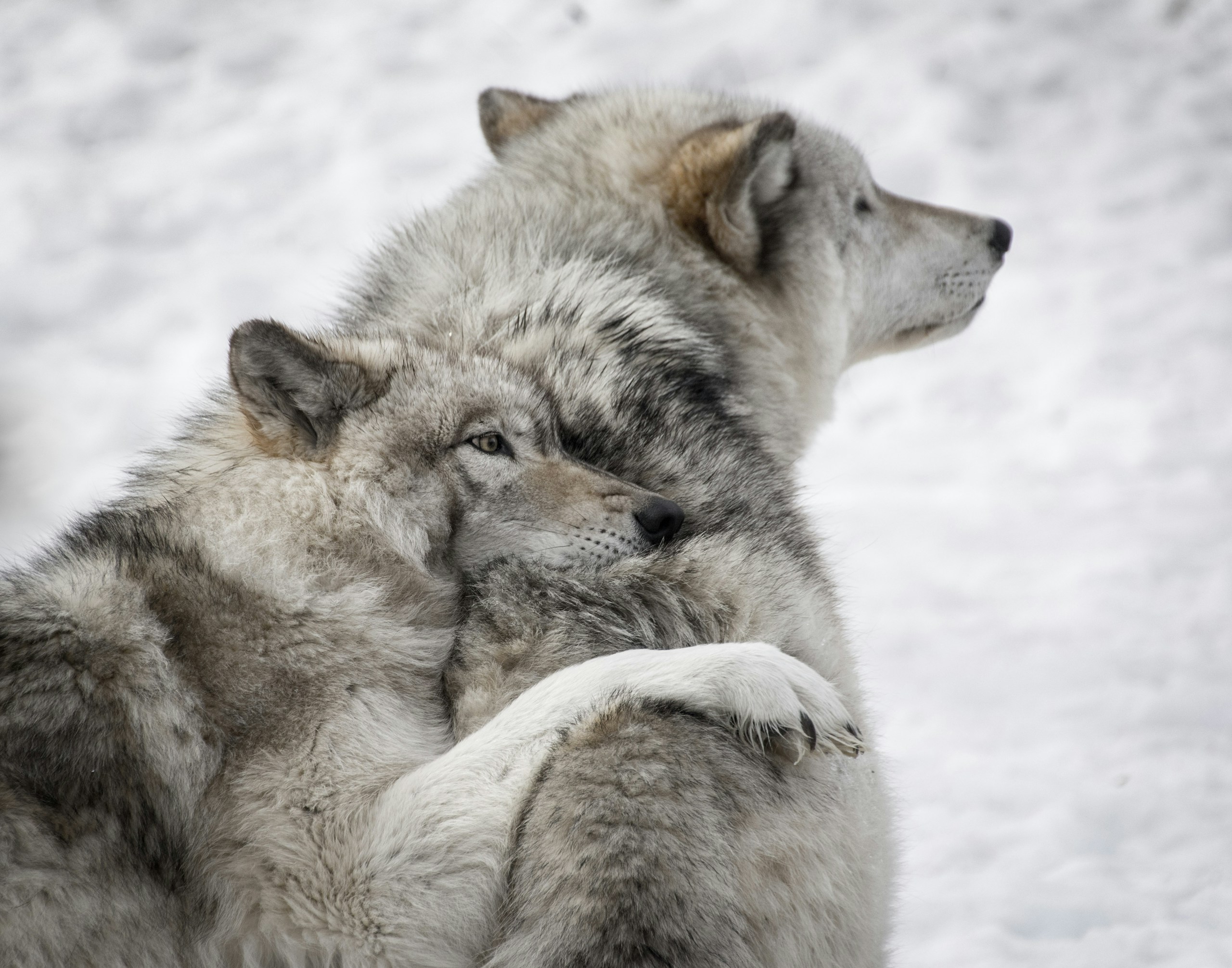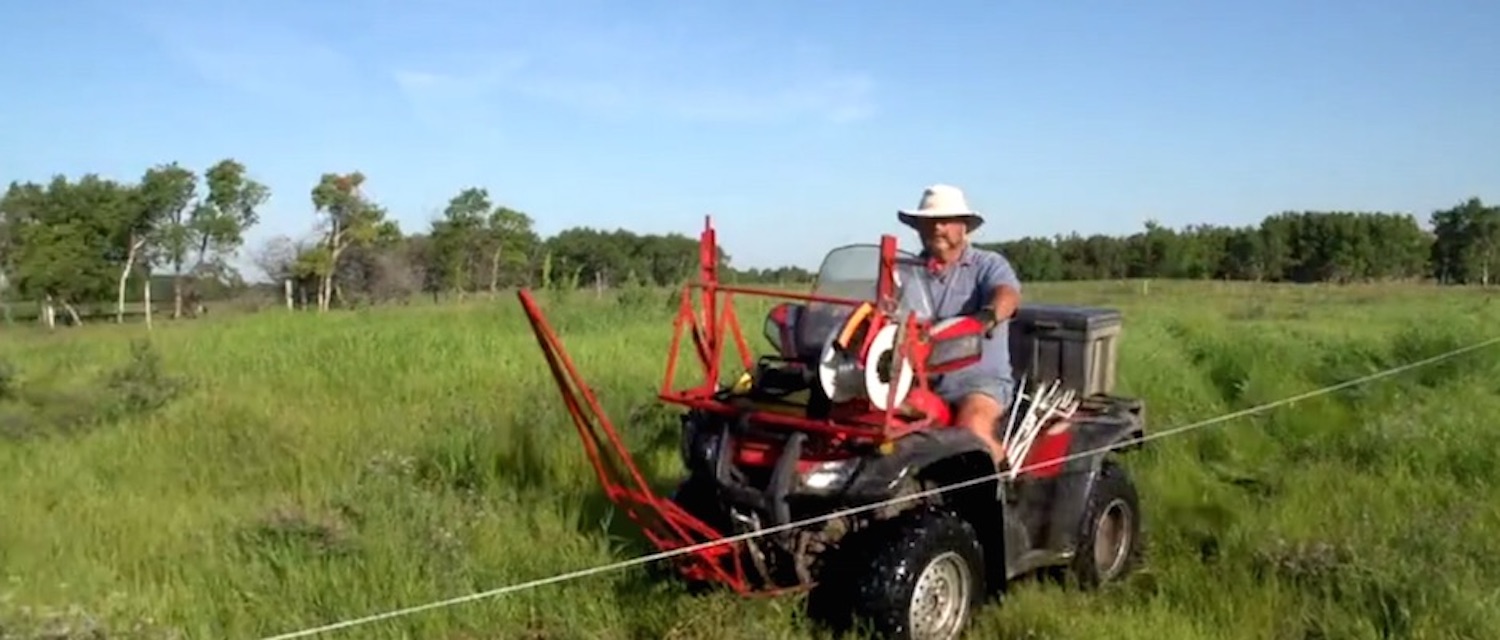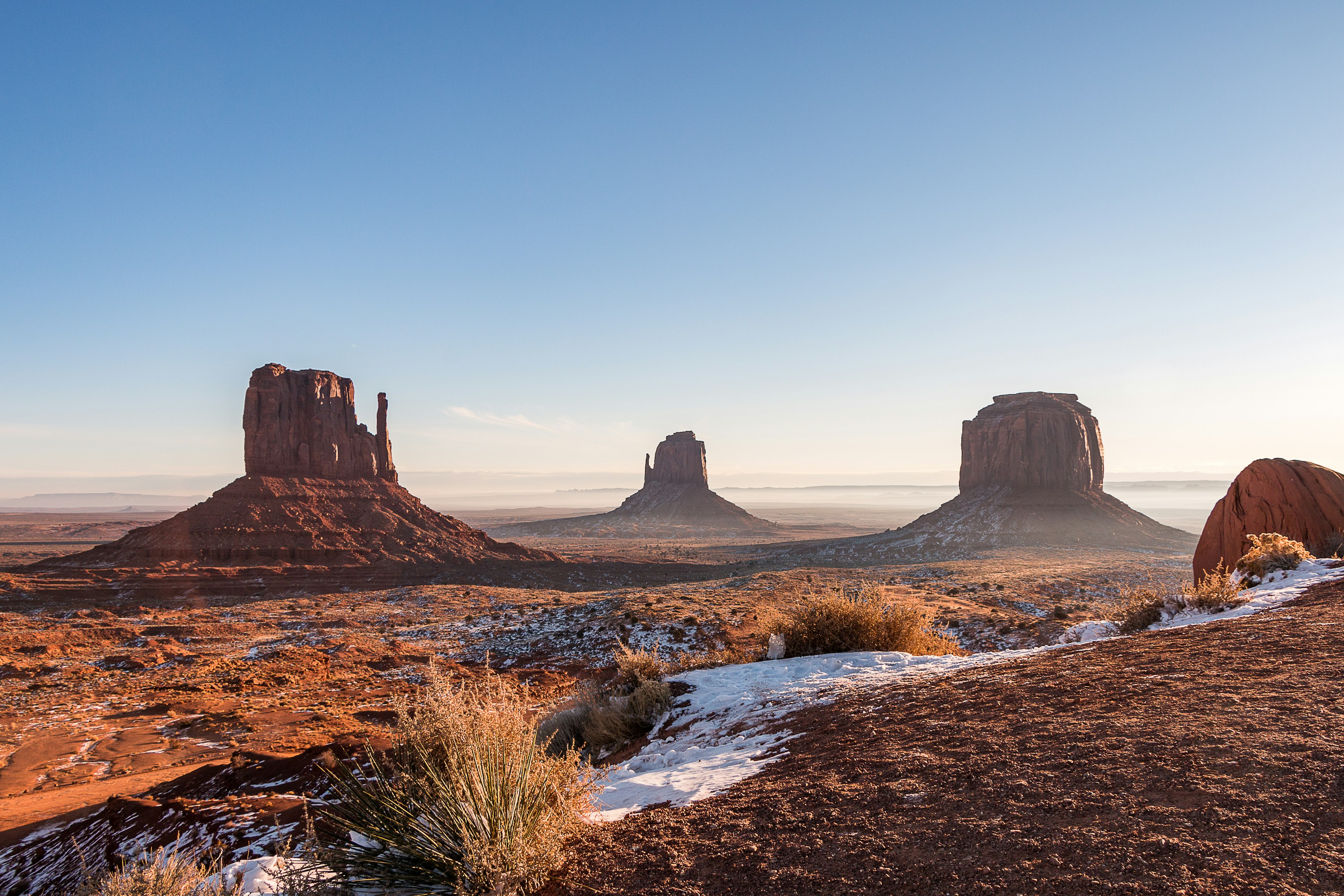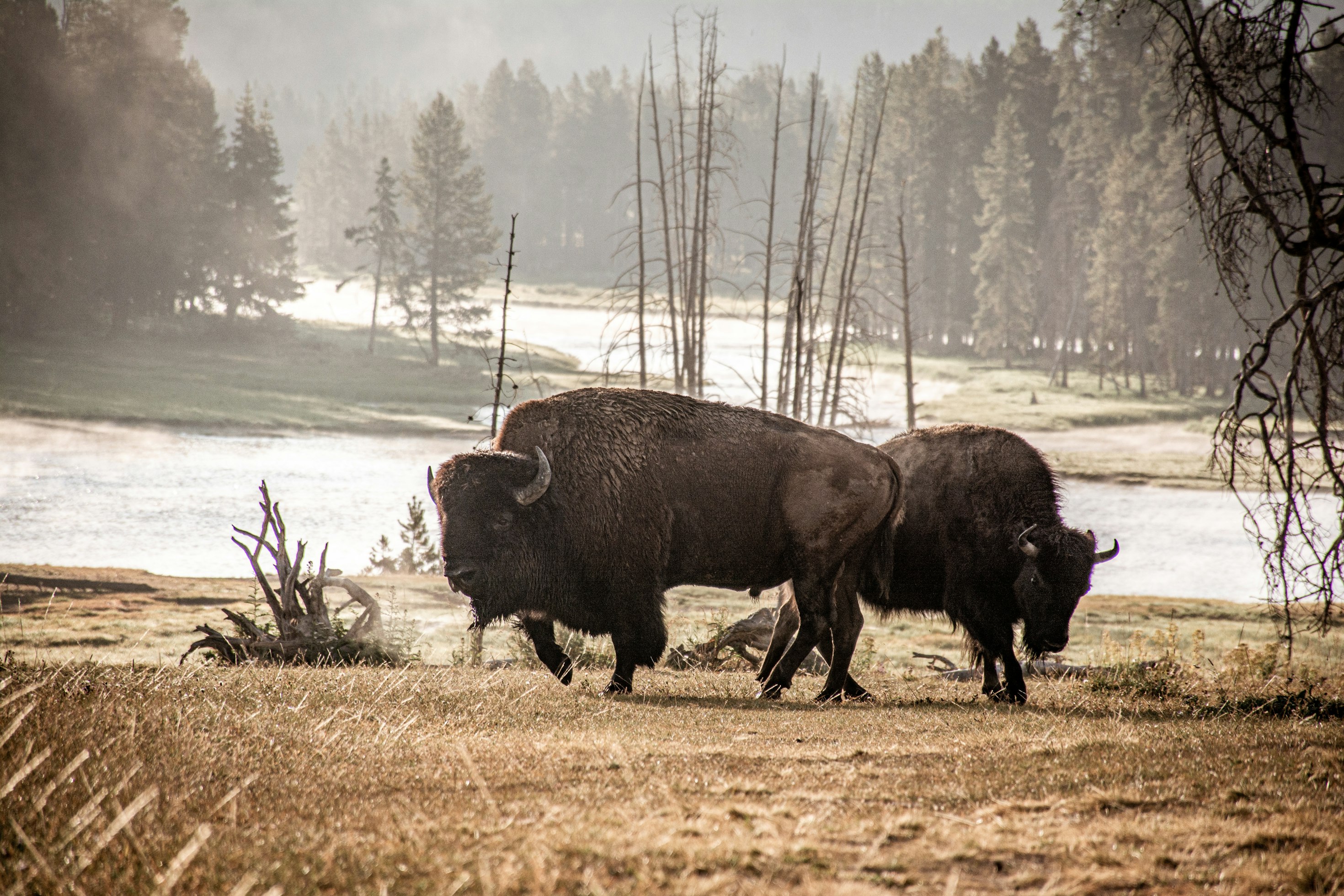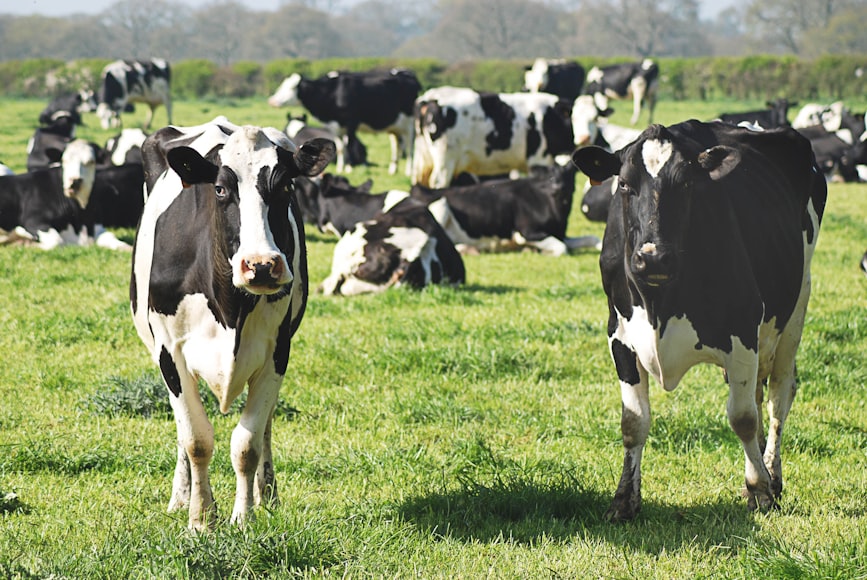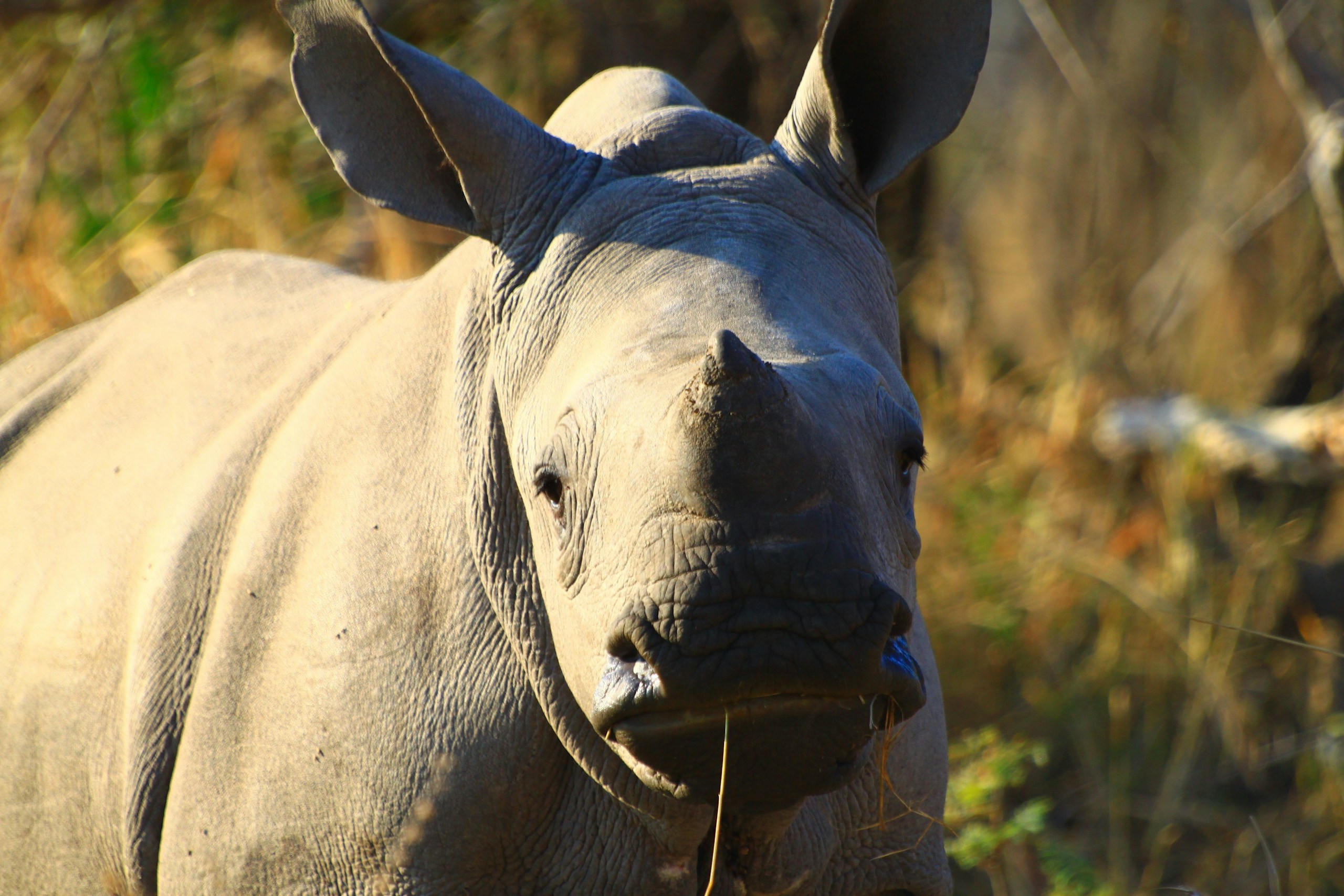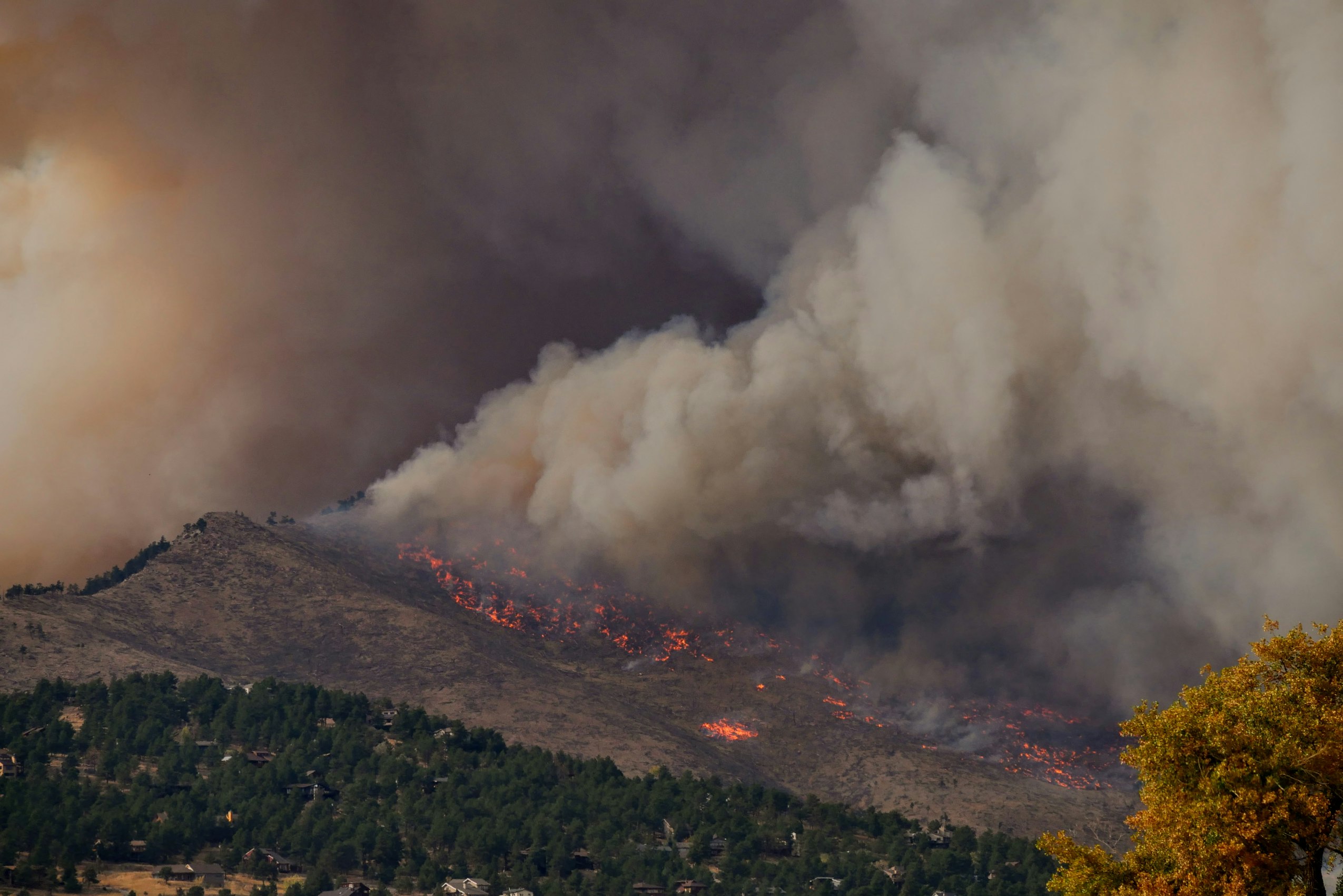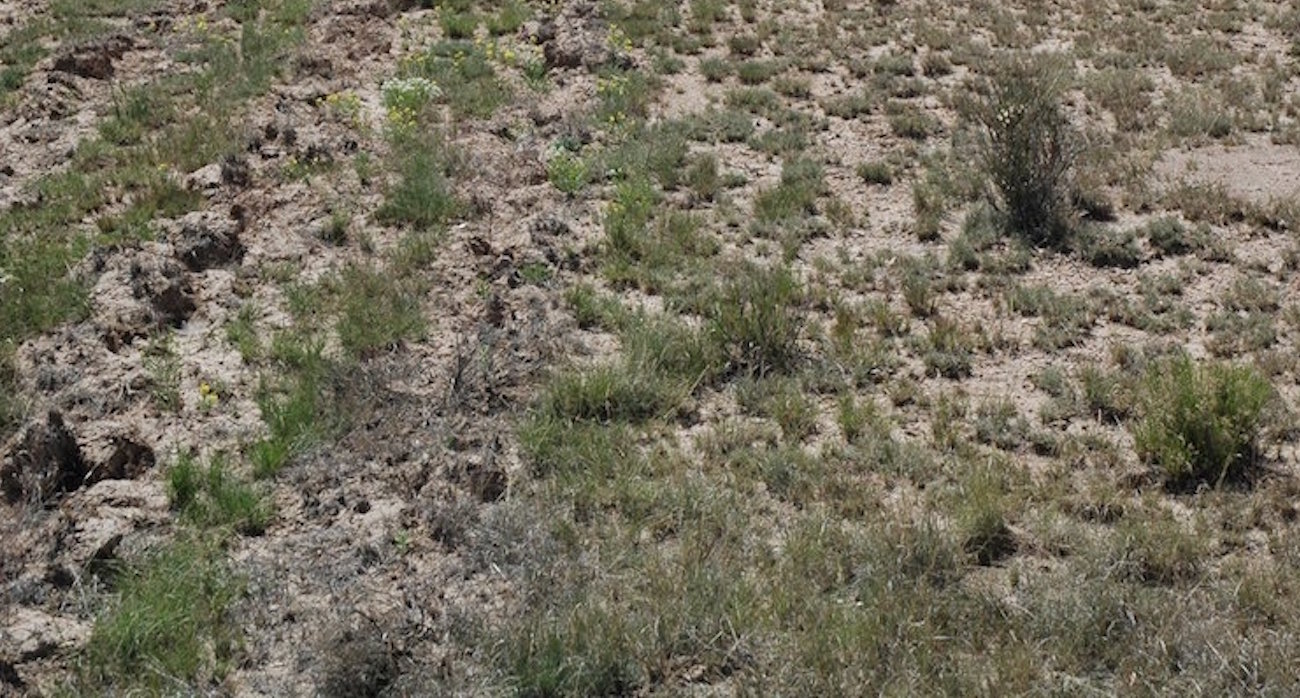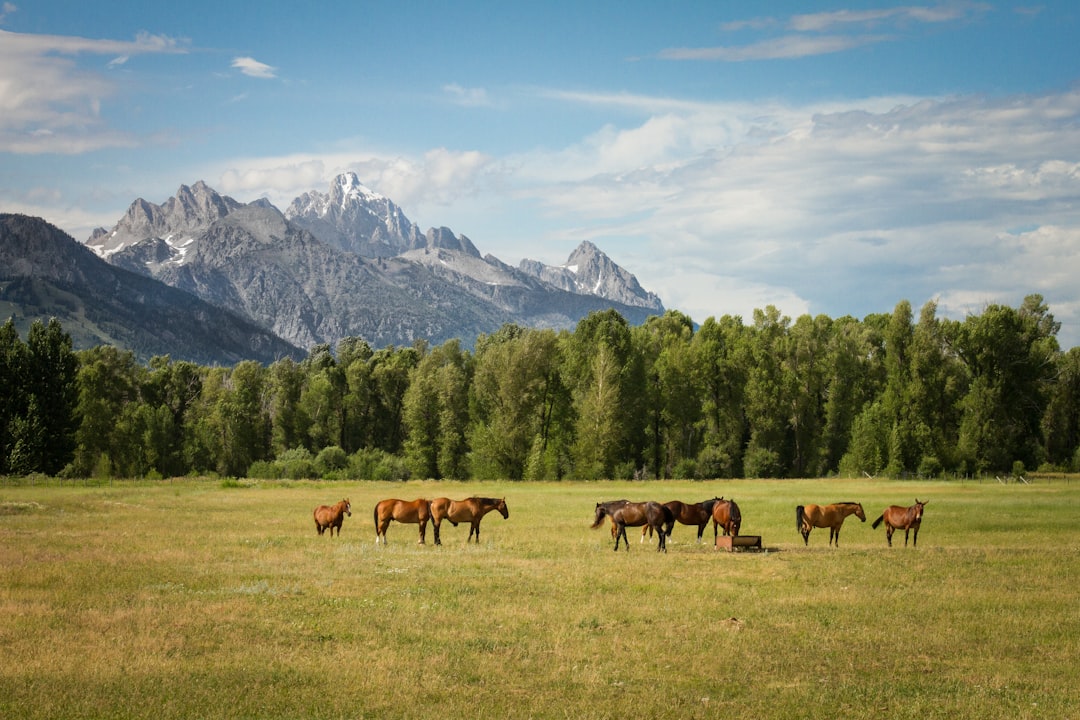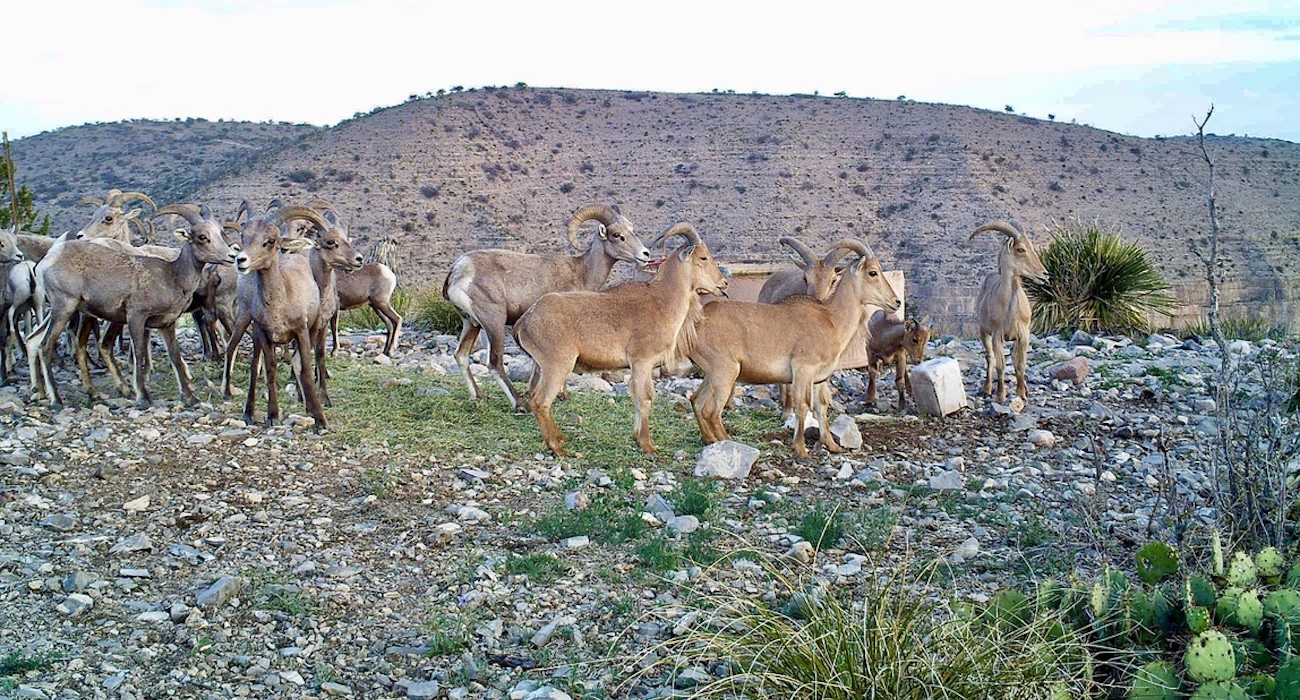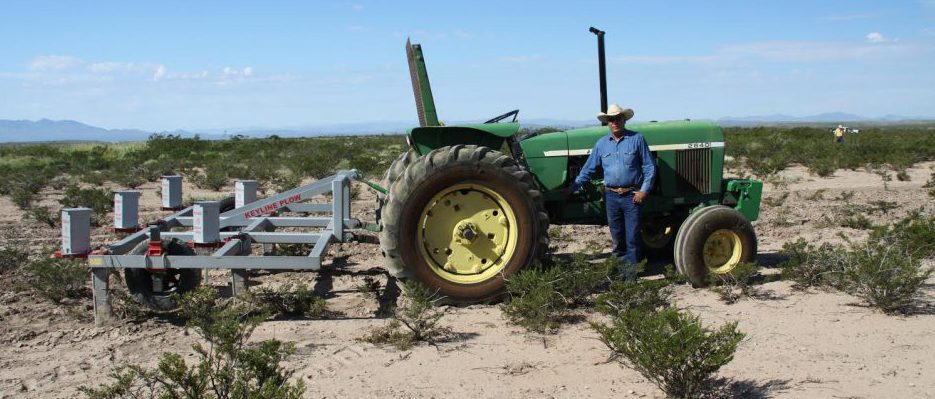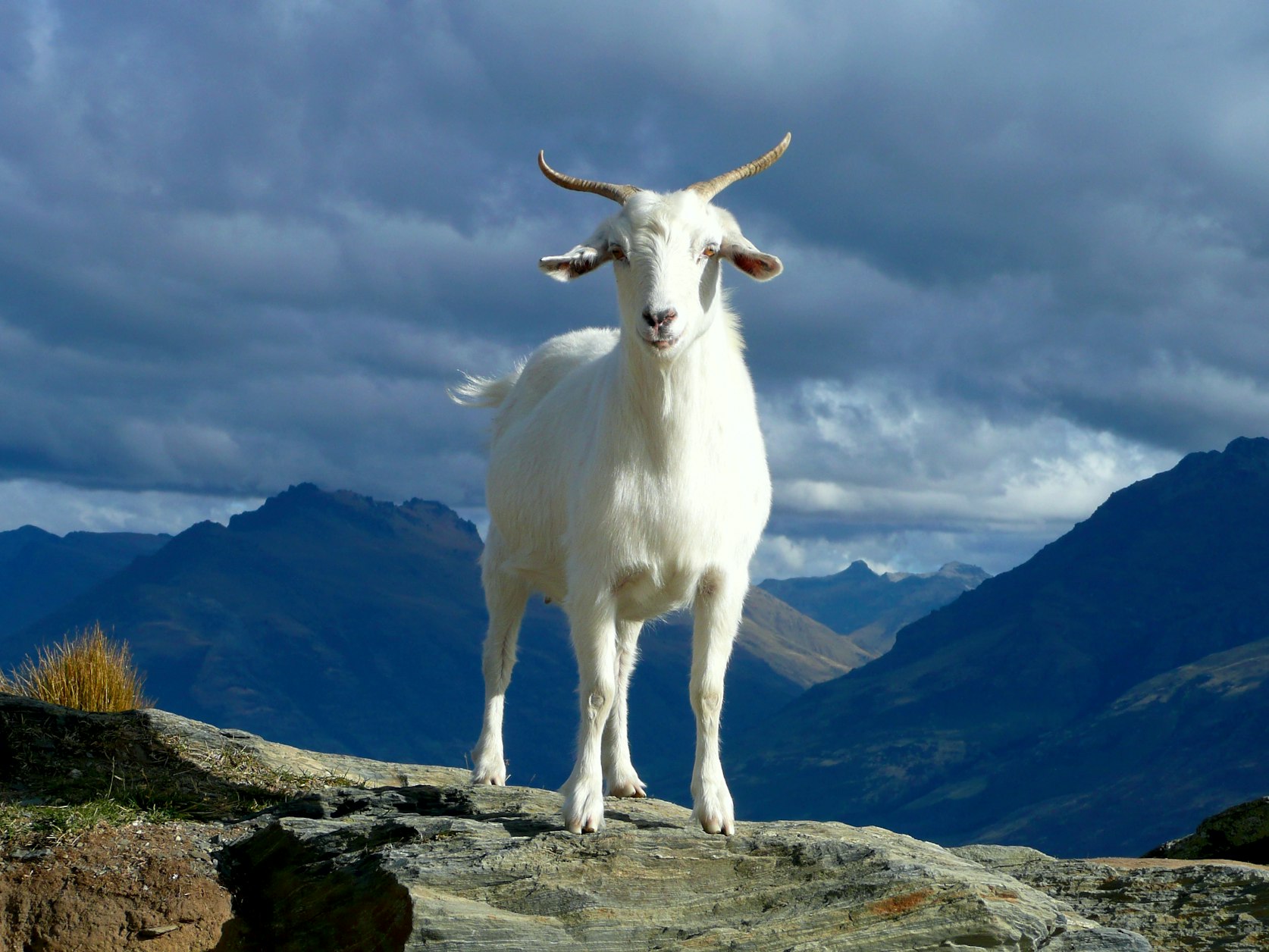Livestock
In North America, vast herds of grazing animals used to roam.
Our rangeland ecosystems evolved under this high intensity, short duration grazing.
Nomadic herds no longer range from north to south and back again, but with careful management livestock can fill the void. Well-managed livestock are a useful tool for rangeland, forest and fisheries restoration. Instead of being a threat, well-managed livestock can reinvigorate landscapes that have devolved into barren unproductivity, helping restore other essential ecological processes along the way.
Livestock, on the range, efficiently convert the sun’s energy locked within plants into edible protein. Livestock, in intensive confinement, provide a haven for problems, ranging from their own behavior and health including the rise of disease, to environmental concerns such as non-point source pollution arising from collected waste.
